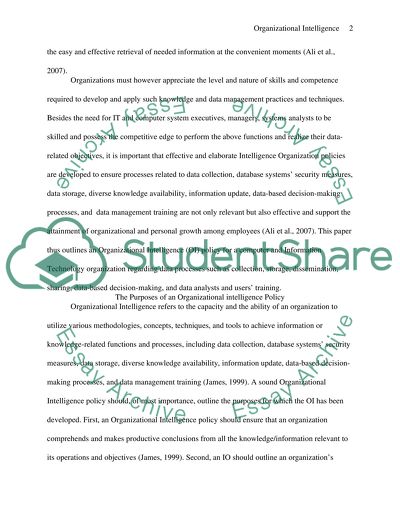Cite this document
(“Organizational Intelligence Policy Essay Example | Topics and Well Written Essays - 1500 words”, n.d.)
Retrieved from https://studentshare.org/information-technology/1443974-organizational-intelligence-policy
Retrieved from https://studentshare.org/information-technology/1443974-organizational-intelligence-policy
(Organizational Intelligence Policy Essay Example | Topics and Well Written Essays - 1500 Words)
https://studentshare.org/information-technology/1443974-organizational-intelligence-policy.
https://studentshare.org/information-technology/1443974-organizational-intelligence-policy.
“Organizational Intelligence Policy Essay Example | Topics and Well Written Essays - 1500 Words”, n.d. https://studentshare.org/information-technology/1443974-organizational-intelligence-policy.


